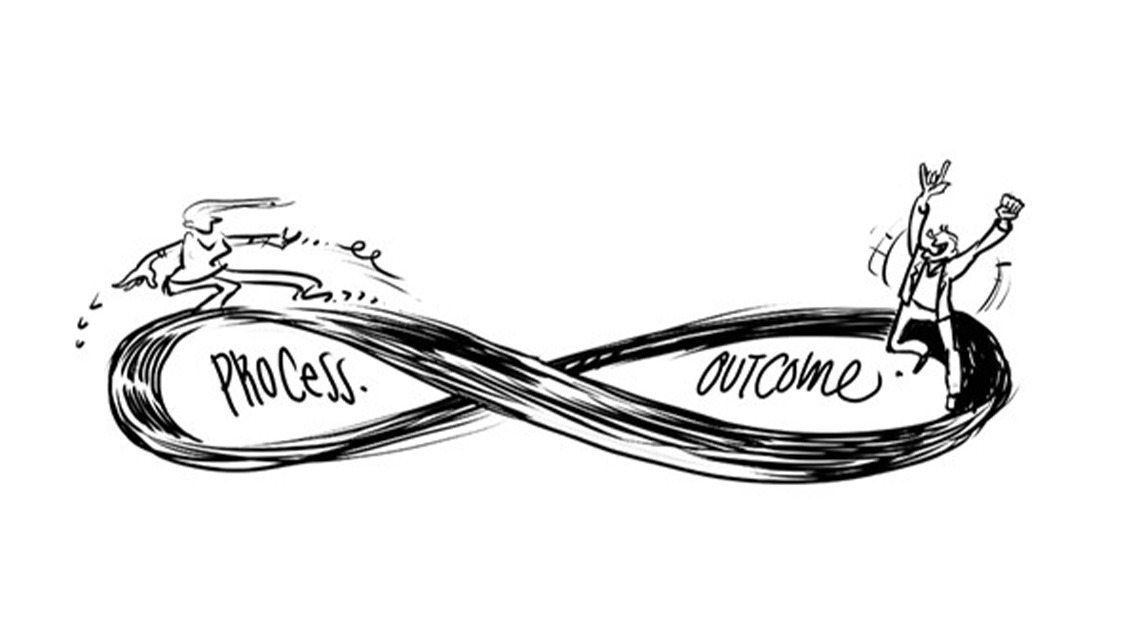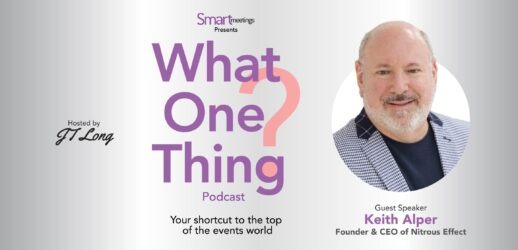Editor’s note: This is an excerpt from the book “Design to Change” by Ruud Janssen, Roel Frissen and Dennis Luijer. Download the book and read more at designtochange.online Join the discussion of this chapter on The Smart Connection LinkedIn page.
Some really enjoy process. They have a preference for taking a step-by-step approach whenever presented with a challenge. It enables them to tackle a challenge in a very systematic way which will then lead them to the outcome.
Others are really agnostic to the method of getting to the outcome and are simply interested in the final outcome, regardless of how you get there. And, even when there is an outcome without a formal process, the way the outcome is created is also a process. The question is, is it systematic?
In the Event Design Handbook we describe a systematic approach to designing innovative events using the Event Canvas.
It enables teams to come to grips with a process. It breaks down how events create value through behavior change while getting team members on the same page. It offers a design process with linear and lateral thinking which allows facilitators to lead their teams to analyze the stakeholders who need to be delighted. It subsequently culminates in prototyping how that can best be done as designers then propose possible alternatives to reach the overarching aim, also known as the outcomes.
Read More: Spectacular Spaces: Event Design with Ed Libby
Most operations in organizations have a process. Keeping the books, performance reviews, distribution methods, quality control and the like all deserve their due processes. It’s even included in the phrase, hiring process. Somehow, events are still the wild west, relegated to last-minute, ad hoc, duct tape sessions. It doesn’t have to be.
The benefit of combining process with outcome includes that it:
- Is based on stakeholder needs
- Involves a diverse set of team member’s views
- Provides thought clarity for the team
- Dispels the negative impacts of groupthink
- Can be validated along the way
- Creates more predictability towards the desired outcome
- Results are visible and logical
- Is scalable
- Is repeatable
- Is iterative
- Gets everyone on the same page
In order to obtain the best results, it should be considered to be process and outcome. They work in tandem.
The communication between the perspectives is a two-way street, or maybe better yet, a constructive feedback loop. Each way of thinking can define its overarching aim and expectations, give the other side the space they need to develop and define those goals and expectations, deliver something workable for the other in regard to the expectations, and to check in on each other at regular intervals.
Read More: New Study: 6 Truths to Guide Experience Design
The outcome thinker develops and delivers the ultimate horizon to the designers who simultaneously deliver a road map for their design process. Both parties understand the goal, the timeline, and the process and can communicate with each other about progress. In a timely manner, the design team delivers a selection of paths to reach the horizon and the executive selects one and sets it into motion.
Test your thinking in the interactive Event Design Worksheet platform.
This article appears in the September 2023 issue. You can subscribe to the magazine here.




